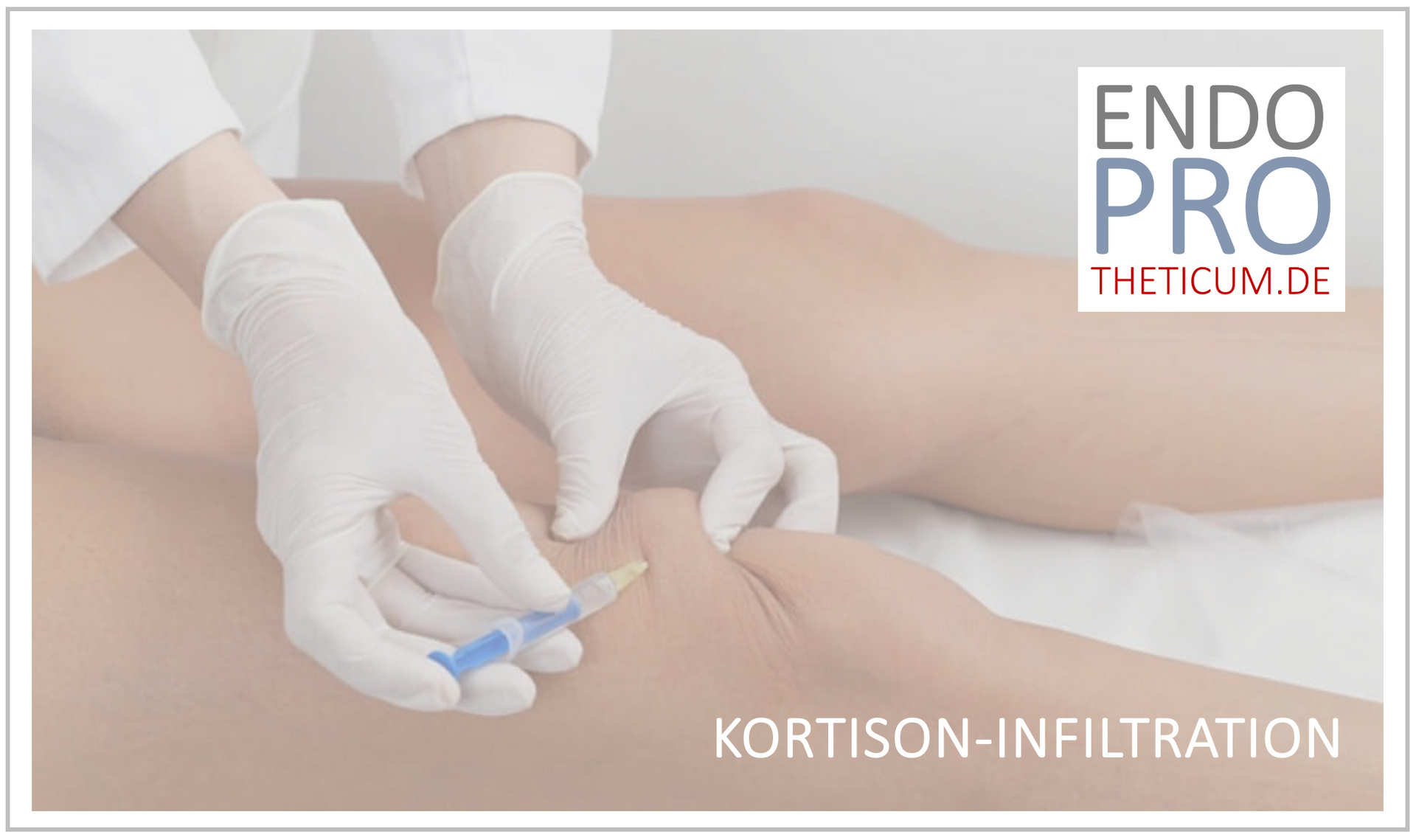Hip pain in equestrian sports — what helps?
When the hip joint goes on strike: Riding with hip pain

For many people, riding is a way of life. The close connection with the horse, the feeling of freedom in the countryside, or the concentration on subtle aids in dressage: all of this makes riding unique. But when the hips no longer cooperate, joy quickly turns into frustration. Hip pain is one of the most common problems in equestrian sports. It can alter the rider's seat, impede communication with the horse, and, in the worst case, lead to having to give up riding altogether.
Why hip pain is so stressful when riding
The hip is one of the most important joints in the human body. It connects the upper body to the legs, supports our entire body weight, and enables movements such as walking, sitting, and climbing stairs. The hip plays an even greater role when riding a horse:
- It is the “control center” for the seat.
- We control the horse with the finest movements of the pelvis.
- A stable, relaxed seat is only possible with healthy hip joints.
When a hip hurts, not only the rider suffers, but also the horse. A tense seat leads to unclear signals. Many horses react nervously, defiantly, or exhibit behavioral changes.
Therefore, hip pain is not just a physical problem, but affects the entire rider-horse team.
Typical complaints of hip pain in equestrian sports
Hip problems can appear very differently. Typical patterns often appear, especially in equestrian sports:
- Groin pain when sitting in the saddle : Riders often feel a pulling or stabbing pain in the groin, especially during long riding sessions.
- Pain when trotting or galloping : Dynamic movements place greater strain on the hips, and discomfort occurs particularly frequently here.
- Restricted movement : Some sufferers notice that they can no longer tilt their pelvis easily or that their legs no longer fall freely outwards.
- Asymmetrical seat : To avoid pain, the weight is shifted – the horse receives one-sided aids.
- Radiation into the leg or buttocks : Hip problems can irritate nerves, leading to pain in the thigh or buttocks.
- Problems getting on or off : Sometimes the problem is not the riding itself, but the way in and out of the saddle.
Many riders identify with these symptoms. It's important to note that these complaints should be taken seriously.
Causes of hip pain when riding
The causes are varied – osteoarthritis is not always the immediate cause.
1. Muscular problems
- Adductors (the inner thigh muscles) are heavily stressed when riding. They can become tense or shortened.
- The iliopsoas muscle (hip flexor) is prone to overload, especially when sitting in the saddle for long periods.
2. Incorrect seat or saddle problems
An ill-fitting saddle or a crooked seat can lead to incorrect loading. Even small asymmetries can have major consequences.
3. Hip joint diseases
- Impingement (FAI) : A bony constriction in the hip joint leads to pain during certain movements.
- Labrum damage : The labrum can tear and cause pain in the groin.
- Osteoarthritis (coxarthrosis) : joint wear, often in old age or after previous injuries.
4. Trauma
Falls from a horse or direct blows to the hip can cause long-lasting problems.
5. Problems in the pelvis or sacroiliac joint
Not all "hip pain" actually originates in the hip joint. The sacroiliac joint (SI joint) can also cause discomfort.
How the diagnosis is made
An orthopedic surgeon or sports medicine specialist takes a structured approach:
- Discussion (medical history) : When does the pain occur? Only while riding or also in everyday life? Are there any pre-existing conditions or falls?
- Physical examination : mobility, special tests (e.g. impingement test), muscle status.
- Imaging:
- X-ray shows bone changes and osteoarthritis.
- MRI makes cartilage, labrum and muscles visible.
- Ultrasound is suitable for tendons and bursae.
Functional analysis : Some doctors observe the rider’s seat or use video analysis.
In this way, the cause of the hip pain can usually be clearly identified.
Treatment without surgery – what really helps
Many hip problems can initially be treated conservatively. There are several useful approaches, especially for riders:
1. Seat training and saddle check
An incorrectly adjusted or ill-fitting saddle is often the root of the problem. A riding instructor or seat coach can help correct your seat.
2. Physiotherapy and training
- Mobilization exercises for the hips and pelvis.
- Stretching the adductors and hip flexors.
- Strengthening the core muscles for better grip in the saddle.
3. Manual therapy / osteopathy
Blockages in the pelvis or sacroiliac joint can be resolved.
4. Painkillers or injections
Anti-inflammatory medications or targeted injections can help temporarily.
5. Load adjustment
It often helps to reduce training temporarily:
- More walk, less gallop.
- Shorter units.
- Complementary sports such as swimming or cycling.
Training tips for riders with hip pain
Here are some simple exercises you can do yourself:
- Tilt your pelvis : While sitting or lying down, slowly move your pelvis forward and backward.
- Adductor stretch : While sitting, place the soles of your feet together and let your knees fall outwards.
- Plank (forearm support) : Strengthens the core muscles.
- Balance exercises on the exercise ball : Promotes sitting stability.
Important: These exercises do not replace physical therapy, but can support the healing process.
When hip surgery or hip replacement is advisable
If pain persists and limits quality of life, surgery may be necessary. Reasons include:
- Advanced osteoarthritis.
- Labral tears or FAI that cannot be treated conservatively.
- Severe movement restrictions.
Hip replacement (hip prosthesis)
A total hip replacement (TKA) is an artificial hip joint that is implanted when the patient's own joint is too severely damaged. The goal is to relieve pain and restore mobility.
Many patients are able to ride again after a total hip replacement – usually after a rehabilitation period of several months. Studies show that recreational riding is possible after a prosthesis, but intensive competitive riding should be discussed on an individual basis.
Riding after a hip replacement
The most common questions are: “Can I get back in the saddle after the operation?” and “How long will it take?”
- First rehabilitation phase : Physiotherapy begins on the first day after surgery.
- After 6–12 weeks : Everyday activities are usually possible again.
- After 3–6 months : A cautious introduction to riding can be successful – depending on the healing process, muscles and sport.
- Long-term : Many riders report that they can walk, trot and even canter again without pain.
However, risks such as falls or extreme stress should definitely be considered. Consultation with the surgeon is mandatory.
Case studies
- Recreational rider, 45 years old : Hip pain in the groin, cause: adductor tension. Treatment: physiotherapy + seat training. After 2 months, free of symptoms.
- Show jumper, 32 years old : Diagnosis: hip impingement. After unsuccessful conservative treatment, arthroscopic surgery. Return to competitive sport after 6 months.
- Rider, 65 years old : Advanced osteoarthritis, severe pain even in everyday life. Solution: hip replacement. After rehabilitation, regular recreational riding in the countryside is possible again.
Conclusion: What to do if you have hip pain while riding?
- Hip pain is a common problem among riders.
- Causes range from muscular tension to osteoarthritis.
- A thorough diagnosis is crucial.
- Conservative measures such as sitting training, physiotherapy and exercise help many sufferers.
- If necessary, hip surgery or total hip replacement can restore quality of life.
- Riding is often possible again after a hip replacement – with patience and targeted rehabilitation.
Recommendation: Consultation at Endoprotheticum Rhein-Main
If you suffer from hip pain that affects your riding, you should seek specialized help.
At the Endoprotheticum Rhein-Main in Mainz you will find:
- in Prof. Kutzner an experienced specialist for hip diseases,
- state-of-the-art diagnostics,
- and comprehensive care – from conservative therapy to hip replacement.
Your sporting goals are taken into account here. The goal is not only pain-free in everyday life, but also getting back in the saddle.
MAKE AN APPOINTMENT?
You are welcome to make an appointment either by phone or online .



























